IBM announces to invest $100 million to develop 100,000-Qubit Quantum-Centric Supercomputer
By MYBRANDBOOK

IBM announced a 10-year, $100 million initiative with the University of Tokyo and the University of Chicago to build a quantum-centric supercomputer powered by 100,000 qubits.
Quantum-centric supercomputing is an entirely new, and as of now, unrealized, era of high-performance computing. A 100,000-qubit system would serve as a foundation to address some of the world's most pressing problems that even the most advanced supercomputers of today may never be able to solve.
To usher in this powerful new paradigm, a global collaboration and an activation of talent and resources across industries and research institutions is being initiated. By partnering with the University of Chicago, the University of Tokyo, and IBM's broader global ecosystem, IBM will work over the next decade to advance the underlying technologies for this system, as well as to design and build the necessary components at scale.
"Over the past several years, IBM has been at the forefront of introducing quantum technology to the world," said Arvind Krishna, Chairman and CEO, IBM. "We have achieved significant progress along our roadmap and mission to globally establish useful quantum technology, so much so that we can now, with our partners, truly begin to explore and develop a new class of supercomputing anchored by quantum."
"Achieving breakthroughs at scale in quantum technology requires deeply rooted and productive collaboration around the world and across a broad range of industry, academic, and government partners," said Paul Alivisatos, President of the University of Chicago. "Quantum information science and technology is at a crossroad where foundational discovery and technical innovation will combine to create real breakthroughs. The University of Chicago is thrilled to partner in this endeavor."
"We expect our partnership will lead to scientific breakthroughs, acceleration of the adoption of quantum computing for the coming era, and active engagement into the critical societal challenges of humanity. We also aim to contribute to the realization of a better future society by nurturing diverse talents," said Dr. Teruo Fujii, the President of the University of Tokyo.
Building the Blocks of Quantum-Centric Supercomputing
The plans for this quantum-centric supercomputer are expected to involve innovations at all levels of the computing stack, and encompass the convergence of the fields of quantum computing and quantum communication, as well as the seamless integration of quantum and classical workflows via the hybrid cloud.
Because such a computer has never been made before, the first step will be to lay out a blueprint. The design will have to integrate classical computers and quantum computers – a challenging task to date – as well as break new ground in quantum communication and computing technology.
By the end of 2023, IBM intends to debut three cornerstones of its necessary architecture for quantum-centric supercomputers. One is the new 133-qubit 'IBM Heron' processor. This processor is a complete redesign of IBM's previous generations of quantum processors, with a new two-qubit gate to allow higher performance. It will also be compatible with future extensions to enable modular connected processors to grow the size of the computer.
The second is the introduction of IBM Quantum System Two. The new flagship system is designed to be modular and flexible to introduce elements of scaling in its underlying components, including classical control electronics and high-density cryogenic wiring infrastructure. This system is targeted to be online by the end of 2023.
The third is the introduction of middleware for quantum, a set of tools to run workloads on both classical and quantum processors. This includes tools for decomposing, parallel execution, and reconstructing workloads to enable efficient solutions at scale.
Over the next decade, IBM plans to work with university partners and its worldwide quantum ecosystem to evolve how its quantum processors can be connected via quantum interconnects. This work will aim to enable high-efficiency, high-fidelity inter-processor quantum operations and a reliable, flexible, and affordable system component infrastructure to allow scaling to 100,000 qubits.


Nazara and ONDC set to transform in-game monetization with ‘
Nazara Technologies has teamed up with the Open Network for Digital Comme...

Jio Platforms and NICSI to offer cloud services to government
In a collaborative initiative, the National Informatics Centre Services In...

BSNL awards ₹5,000 Cr Project to RVNL-Led Consortium
A syndicate led by Rail Vikas Nigam Limited (abbreviated as RVNL), along wi...

Pinterest tracks users without consent, alleges complaint
A recent complaint alleges that Pinterest, the popular image-sharing platf...


Icons Of India : Debjani Ghosh
Debjani Ghosh is the President of the National Association of Software...
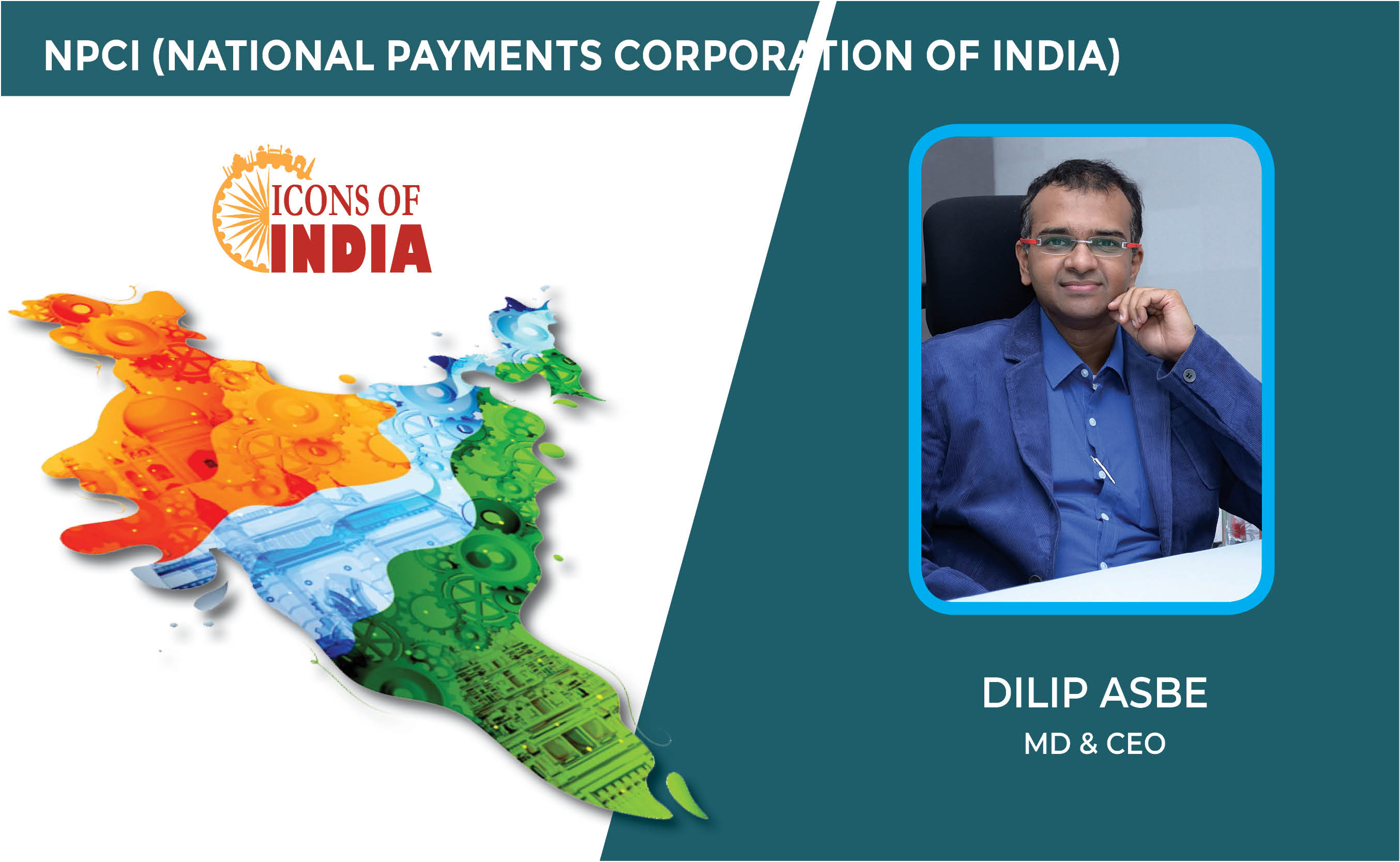
Icons Of India : Dilip Asbe
At present, Dilip Asbe is heading National Payments Corporation of Ind...

Icons Of India : AMIT CHADHA
Amit Chadha serves as the CEO and Managing Director of L&T Technology ...

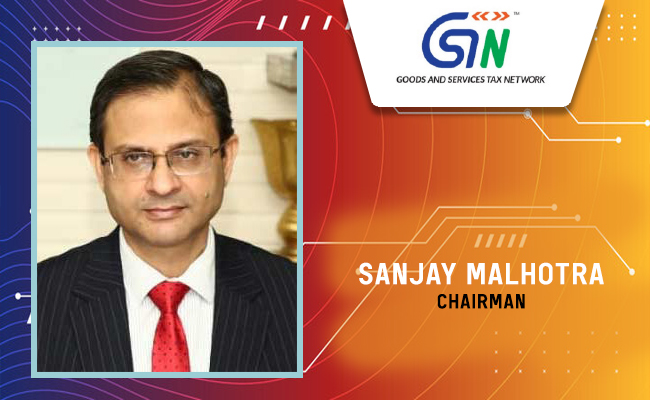
GSTN - Goods and Services Tax Network
GSTN provides shared IT infrastructure and service to both central and...

CSC - Common Service Centres
CSC initiative in India is a strategic cornerstone of the Digital Indi...
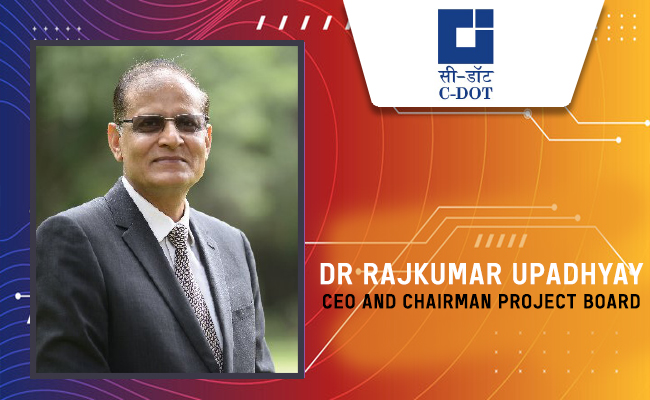
C-DOT - Center of Development of Telematics
India’s premier research and development center focused on telecommu...


Indian Tech Talent Excelling The Tech World - Vinod Dham, Founder & Executive Managing Partner, IndoUS Venture Partners
Vinod Dham, known as the “Father of the Pentium Chip,” has left an...
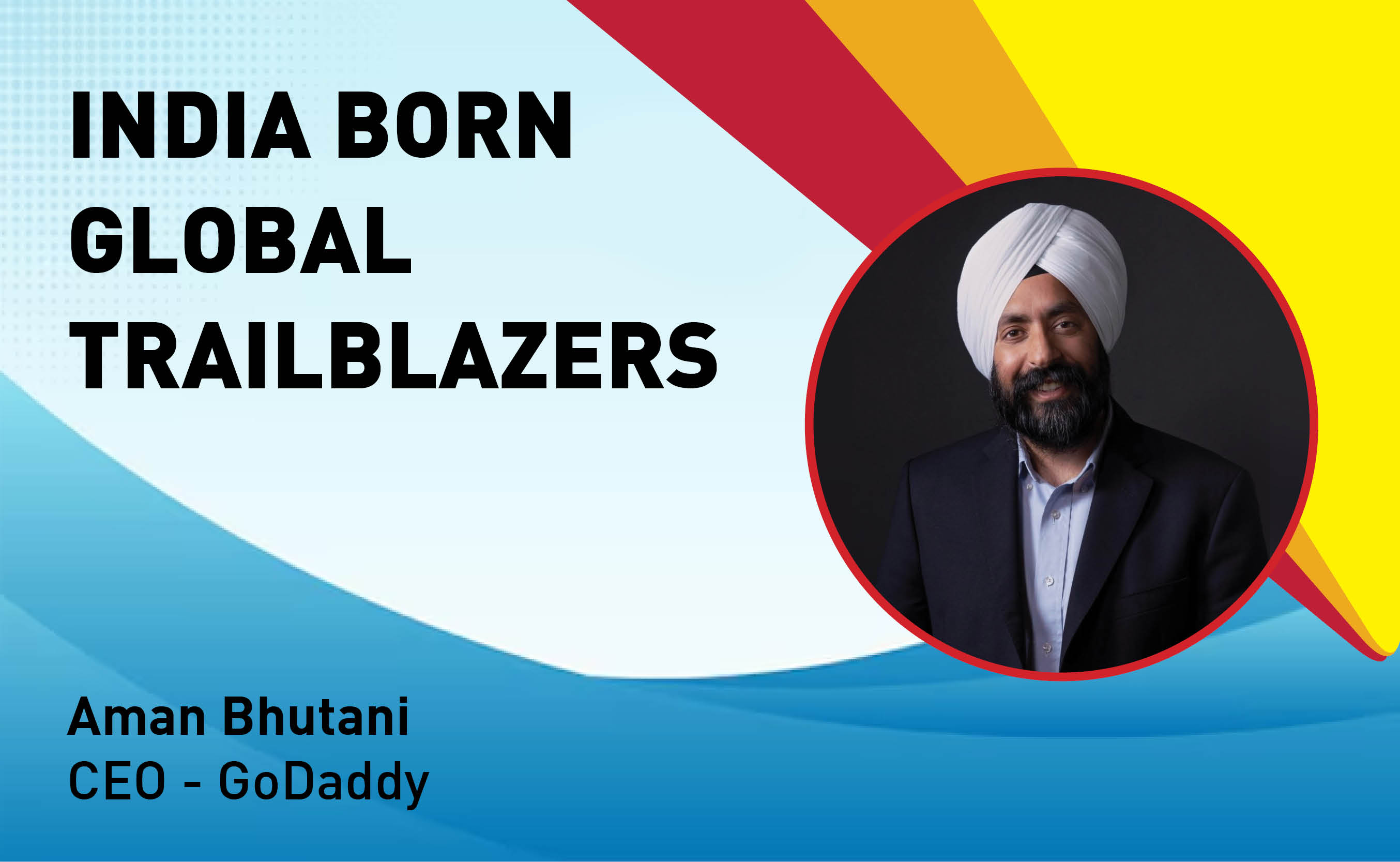
Indian Tech Talent Excelling The Tech World - Aman Bhutani, CEO, GoDaddy
Aman Bhutani, the self-taught techie and CEO of GoDaddy, oversees a co...
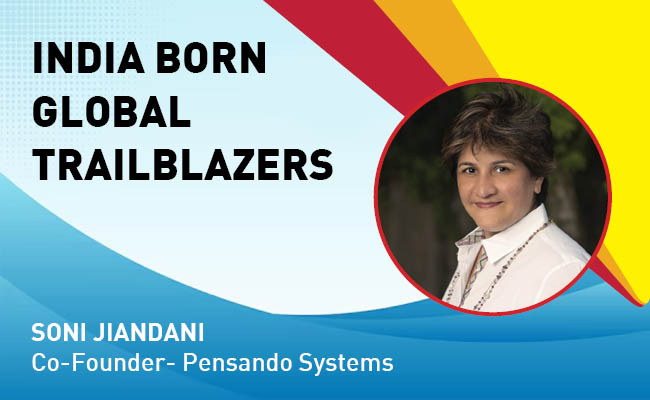
Indian Tech Talent Excelling The Tech World - Soni Jiandani, Co-Founder- Pensando Systems
Soni Jiandani, Co-Founder of Pensando Systems, is a tech visionary ren...